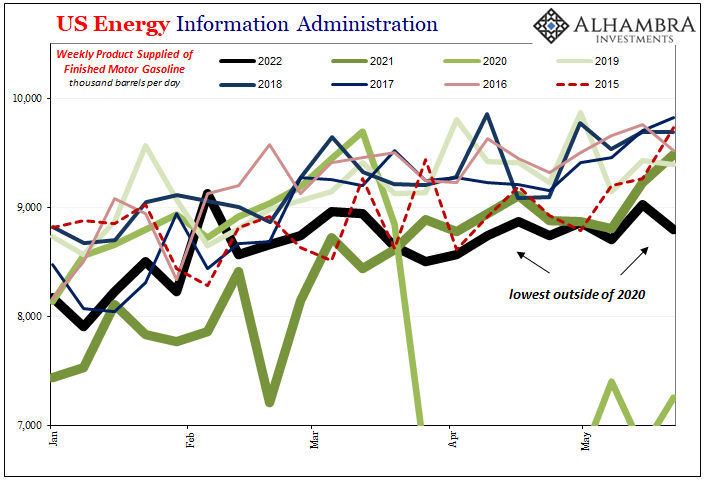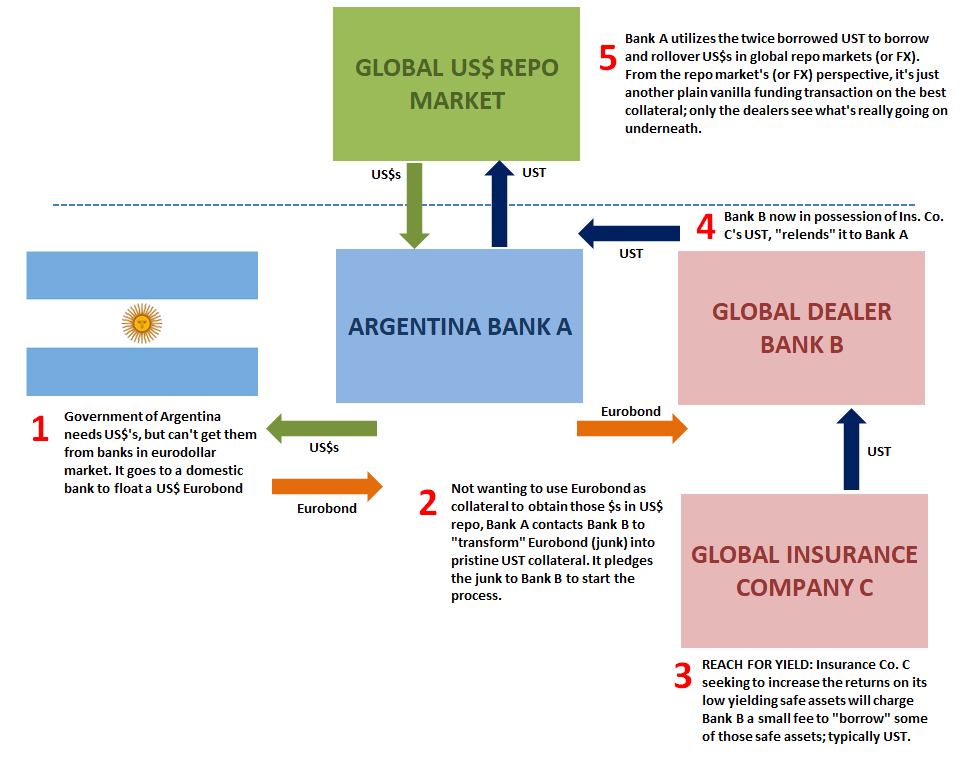How would you like to waste a lot of the money you spend on Medicare coverage and miss a bunch of the benefits Medicare provides? Crazy question. But that’s exactly what’s happening to millions of Medicare beneficiaries. In October 2021, the insurance website MedicareAdvantage.com published the results of its most recent survey of Medicare beneficiaries. What it found was disturbing. Three out of four Medicare beneficiaries describe the program as “confusing and difficult to understand.” More than half of beneficiaries don’t know when the Annual Enrollment Period (AEP) begins. Roughly three out of four beneficiaries incorrectly believe that Original Medicare has an annual out-of-pocket-spending limit to protect against high medical costs. Four out of five
Topics:
Bob Williams considers the following as important: 5.) Alhambra Investments, Featured, Financial Planning, newsletter, retirement income
This could be interesting, too:
Nachrichten Ticker - www.finanzen.ch writes Die Performance der Kryptowährungen in KW 9: Das hat sich bei Bitcoin, Ether & Co. getan
Nachrichten Ticker - www.finanzen.ch writes Wer verbirgt sich hinter der Ethereum-Technologie?
Martin Hartmann writes Eine Analyse nach den Lehren von Milton Friedman
Marc Chandler writes March 2025 Monthly
How would you like to waste a lot of the money you spend on Medicare coverage and miss a bunch of the benefits Medicare provides? Crazy question. But that’s exactly what’s happening to millions of Medicare beneficiaries.
In October 2021, the insurance website MedicareAdvantage.com published the results of its most recent survey of Medicare beneficiaries. What it found was disturbing.
- Three out of four Medicare beneficiaries describe the program as “confusing and difficult to understand.”
- More than half of beneficiaries don’t know when the Annual Enrollment Period (AEP) begins.
- Roughly three out of four beneficiaries incorrectly believe that Original Medicare has an annual out-of-pocket-spending limit to protect against high medical costs.
- Four out of five beneficiaries don’t know the earliest date that one may sign up for Medicare.
- Large majorities of beneficiaries are unable to define basic Medicare terms, despite self-reported extreme confidence in their ability to do so.
- More than four out of five Medicare beneficiaries falsely believe the program is only for people age 65 and over.
- High percentages of beneficiaries are unaware that Medicare covers certain services, or they incorrectly believe it covers others.
So, let’s look at things seniors get wrong about Medicare that are costing them money and benefits.
Medicare pays the entire bill
There is a myth that Medicare pays 100% of all covered expenses. Not true. If you have Original Medicare, which is Part A-Hospital Insurance, and Part B-Medical Insurance, Medicare only pays 80% of those costs. Additional coverage is necessary to pay for the remaining 20%. Otherwise, the 20% comes out of your pocket. That leads into…
Premiums, Deductibles, and Coinsurance
In the MedicareAdvantage.com survey,
- 7% could not define “deductible”—the amount you pay out of pocket for care before insurance pays.
- 5% could not define “coinsurance”—the amount you are required to pay for medical expenses above what Medicare pays and after the deductible has been met.
- 1% could not define “premium”—the monthly amount you pay for Medicare coverage.
Not knowing those terms can cause a beneficiary to choose Medicare coverage that doesn’t provide the benefits they need or causing them to pay more than necessary.
Out-of-pocket spending limits
If you had employer-provided health insurance when you were working, there was most likely a cap on how much you had to spend out of pocket. 73.7% of the people in the MedicareAdvantage.com survey think the same thing applies to Medicare. Nothing could be further from the truth.
- Medicare Part A.With Part A, there is no out-of-pocket maximum. Most people do not pay a premium for Part A, but there are deductibles and limits to what is covered.
- Medicare Part B.In Part B, you pay a monthly premium and a deductible, but there is a limit beyond that to what Medicare covers. There is no limit to the out-of-pocket maximum you might pay beyond what Medicare covers.
- Medicare Part C.Medicare Part C (Medicare Advantage) plans are sold by private insurance companies and offer combined packages to cover your Medicare Part A, Part B, and even prescription drug costs. Your monthly premiums, deductibles, coinsurance, and other payments will vary based on the plan you choose, but there is a maximum out-of-pocket limit set that all plans must adhere to.
- Medicare Part D.Like Part C, Part D (prescription drug coverage) costs will vary based on the specific plan you choose. With Part D, you will reach an out-of-pocket maximum once you hit the “catastrophic coverage” amount, which changes slightly each year.
- Medicare supplement insurance.Medicare supplement insurance (Medigap) plans can help offset any out-of-pocket costs you may be responsible for paying. Currently, there are two Medigap plans available that come with an out-of-pocket max, but the other eight plan options do not.
Part B late enrollment penalty
Part B is medical insurance. Initial enrollment in Part B is when you turn 65, or if you work past 65, when you’re no longer eligible for employer-provided health insurance. If you don’t sign up when you’re first eligible and later do enroll, you’ll be charged a late enrollment penalty that lasts for as long as you have Part B. You’ll have to pay an additional 10% for each 12-month period you could have had Part B but did not.
Part D late enrollment penalty
Part D is prescription drug coverage. Just like Part B, if you don’t enroll when you’re first eligible and then do sign up, you’re charged a late enrollment penalty that lasts as long as you have Part D.
Medicare calculates the penalty by multiplying 1% of the “national base beneficiary premium” ($33.37 in 2022) times the number of full, uncovered months you didn’t have Part D or creditable coverage. The monthly premium is rounded to the nearest $.10 and added to your monthly Part D premium.
The annual fall open enrollment period
Just because you have a Medicare plan doesn’t mean you’re stuck with it forever. That’s why you must know about the annual fall Open Enrollment Period. Every year, from October 15-December 7, you can change your coverage. If you have Original Medicare, you can switch to a Medicare Advantage plan. If you have a Medicare Advantage plan you can switch back to Original Medicare. You can add a Medicare Supplement plan, although you may be subject to medical underwriting if you didn’t choose a supplement when you were first eligible. You can move to another Part D prescription drug plan.
Prices change. Plan options change. The Open Enrollment Period gives you the opportunity to make sure the plan you have is the right one for you. Do your homework early and be ready on October 15 to change if it’s in your best interest.
Virtual services covered by Medicare
It’s not unusual that Medicare beneficiaries are unaware of virtual services covered by Medicare. In the survey,
- 9% didn’t know they had access to virtual visits with a physical therapist.
- 6% didn’t know they had access to virtual telehealth visits for preventative health screenings.
- 1% didn’t know they had access to telehealth visits for mental health counseling.
This is relatively new to Medicare. COVID made telehealth much more common and accepted. Because of that, Medicare now covers some telehealth services which provide an additional layer of services to Medicare beneficiaries.
Tags: Featured,Financial Planning,newsletter,retirement income









